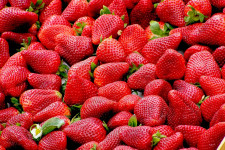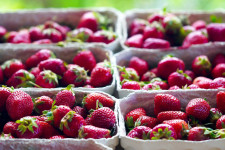Strawberries, beloved for their juicy flavor and vibrant color, are not just a delight to the palate; they also provide a fascinating glimpse into the world of genetics. As diploid organisms, cultivated strawberries (Fragaria x ananassa) are typically formed through hybridization of various wild species.
The Genetic Make-Up
Strawberries have a unique genetic structure that contributes to their diverse characteristics. Key features include:
- Polyploidy: Most cultivated strawberries are octoploid, possessing eight sets of chromosomes, which contributes to their large size and flavor.
- Diversity: The genetic variation among different strawberry cultivars allows for resilience against diseases and adaptability to various climates.
- Allelic Variation: Variations at specific genes influence traits like sweetness, size, and color.
Future Implications
Understanding strawberry genetics has profound implications for agriculture. By utilizing genetic mapping and biotechnological advances, researchers can develop improved strains that yield higher production and enhanced disease resistance, paving the way for sustainable cultivation.








